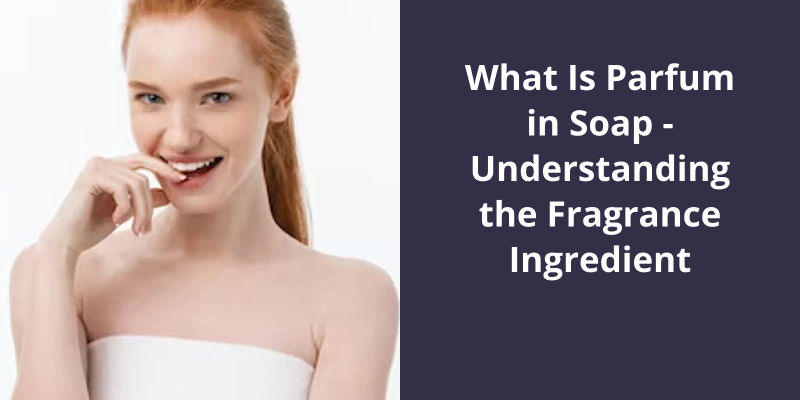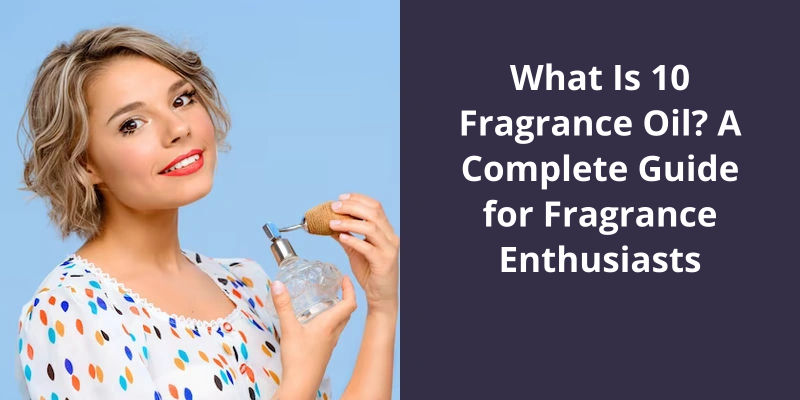The toxic effect of Linalool, a naturally occurring chemical often added to cosmetics and cleaning products for its pleasant floral scent, is generally considered mild, especially when used properly. However, in cases of overexposure, it can possibly cause allergic reactions and skin irritation. Some people may experience eczema or respiratory issues after exposure. In large concentrations or when swallowed, it may lead to nausea, dizziness, and muscle weakness. It’s crucial to use products containing Linalool sparingly and carefully, particularly around those with known sensitivities or allergies.

Is Linalool Intoxicating?
Linalool is a naturally occurring terpene present in several cannabis strains. It’s also found in lavender, mint, coriander, and cinnamon. Linalool has a pleasant and floral aroma, which makes it a popular ingredient in perfumes, candles, and diffusers. However, some people believe that inhaling or consuming linalool can cause intoxication, similar to the effects of THC.
Contrary to popular belief, linalool doesn’t cause intoxicating effects. While it can contribute to the entourage effect in cannabis, which enhances the overall therapeutic benefits of the plant, it doesn’t produce the same psychoactive effects as THC. In fact, linalool is often used as a natural remedy for anxiety, stress, and insomnia due to it’s calming and relaxing properties.
It’s worth mentioning that linalool can have a sedative effect when consumed in large amounts, which can cause a feeling of drowsiness or relaxation. However, this isn’t the same as intoxication, and these effects are generally mild and short-lived. Additionally, some people may be allergic to linalool, which can cause skin irritation or respiratory problems, but this is rare.
It’s important to note that although linalool is widely used for it’s calming effects on the body and mind, it isn’t classified as a drug. In fact, it’s been designated as a safe and approved food additive by the FDA. However, there are certain factors to consider when using linalool in different applications.
Is Linalool a Drug?
It’s found in many essential oils and is commonly used in perfumes, soaps, shampoos, and cosmetics. Linalool is also used in flavorings for beverages, confectionery, and baked goods. It’s been shown to have antimicrobial and antioxidant properties, making it a popular ingredient in natural products.
While linalool isn’t a drug in the traditional sense, it does have some medicinal properties. It’s been shown to have anxiolytic (anti-anxiety) and sedative effects in animal studies, leading some to suggest that it may have therapeutic potential for anxiety and sleep disorders.
Linalool has also been studied for it’s potential anti-inflammatory and analgesic (pain-relieving) effects. Some research has suggested that it may be useful in the treatment of conditions such as rheumatoid arthritis and neuropathic pain. However, further studies are needed to confirm these potential benefits.
In high doses, it can cause skin irritation and allergic reactions. It may also interact with certain medications, such as barbiturates and benzodiazepines.
Additionally, it’s important to be mindful of potential side effects and interactions with other medications.
The Use of Linalool in Aromatherapy and It’s Potential Benefits for Mental Health.
- Reduces anxiety and stress
- Improves mood and reduces symptoms of depression
- Helps with insomnia
- Has pain-relieving properties
- May improve cognitive function
- May have anti-inflammatory effects
Linalool, a naturally occurring terpene, is gaining attention for it’s potential sedative properties. With it’s prevalence in essential oils derived from medicinal plants, it’s a history of use in traditional medicine as a natural sleep aid. However, recent studies have shed light on it’s effectiveness in reducing anxiety and stress as well. Let’s take a closer look at the research surrounding linalool and it’s potential as a sedative.
Is Linalool a Sedative?
There’s evidence to suggest that linalool possesses sedative properties, with studies reporting effects on brain activity and behavior in animal models. One study in particular found that linalool inhalation increased the duration of non-rapid eye movement (NREM) sleep in mice, suggesting a potential role in promoting sleep and relaxation.
Additionally, linalool has been reported to have anxiolytic (anti-anxiety) effects in animal models. This may be related to it’s interaction with the gamma-aminobutyric acid (GABA) neurotransmitter system, which is involved in regulation of mood and anxiety. Linalool has been found to enhance GABA receptor activity, which may contribute to it’s calming and sedative effects.
Despite these promising findings, it’s important to note that the effects of linalool on humans aren’t well understood and further research is needed. While linalool is commonly used in aromatherapy and as a natural remedy for sleep and anxiety, the research supporting these uses is limited and often based on anecdotal evidence.
It’s also worth noting that linalool may have other potential therapeutic benefits, including anti-inflammatory and analgesic (pain-relieving) properties.
Overall, while linalool shows promise as a natural sedative, it’s important to use caution when using it for this purpose and to always consult with a healthcare professional before using any natural remedies or supplements.
Source: Inhaled linalool-induced sedation in mice – PubMed
However, while synthetic forms of linalool may be more readily available, it’s important to note that there’s also a natural form of this ingredient. Many natural essential oils, such as lavender and bergamot, contain linalool as a natural component. So, when considering the use of linalool as an aroma ingredient, it’s important to take into account both the synthetic and natural options available.
Is Linalool Natural or Synthetic?
Despite it’s common use in synthetic fragrances, linalool is also a natural compound that can be found in various plant species, such as mint, citrus, and lavender. In nature, linalool is produced by plants as a part of their defense mechanism against predators and pests, but also plays a role in attracting pollinators. The natural form of linalool is considered to be the more sustainable and environmentally friendly option compared to it’s synthetic counterpart.
However, there are some challenges in producing natural linalool on a large scale. Extraction of linalool from plants requires a significant amount of resources and energy, which can have negative impacts on the environment. Additionally, the quality and consistency of natural linalool can vary depending on the source and conditions of the plant. For these reasons, some companies choose to use synthetic linalool instead, as it provides a more consistent and cost-effective option.
Some consumers may be concerned about the safety of synthetic linalool, as it’s produced using chemical processes. However, linalool has been extensively tested and approved for use in cosmetics and other consumer products by regulatory agencies such as the US Food and Drug Administration and the European Union. These agencies have established strict guidelines and safety standards for the use of linalool and other cosmetic ingredients.
The Different Applications of Linalool, Both in Natural and Synthetic Forms, Such as in Cosmetics, Perfumes, Cleaning Products, and Pharmaceuticals.
- Linalool is used in cosmetics as a fragrance and as a skin conditioner.
- It’s a common ingredient in perfumes and fragrances due to it’s pleasant aroma.
- Linalool is also used in cleaning products for it’s deodorizing properties.
- In pharmaceuticals, linalool is used as an anti-inflammatory and analgesic agent.
- It can also act as a sedative and have calming effects on the body.
- Linalool can be found naturally in many plants, such as lavender and citrus fruits.
- It’s often used in aromatherapy for it’s calming and relaxing effects.
- Synthetic forms of linalool are also used in various industries for their fragrance and flavor properties.
As we’ve learned, linalool is a naturally occurring compound that can be found in a variety of places, most notably essential oils. But where else can it be found? Let’s delve deeper into the environmental occurrence of linalool to find out.
Is Linalool Naturally Occurring?
Linalool is a monoterpene alcohol that’s found in large quantities in many plants, particularly in citrus fruits, lavender, and other aromatic plants. It’s a colorless liquid with a floral aroma, and has been used extensively in the flavor and fragrance industries due to it’s pleasant scent. The compound is also known for it’s therapeutic properties and is commonly used in aromatherapy.
Linalool is generally considered to be a naturally occurring compound, as it’s found widely in nature as a constituent of essential oils. The compound is biosynthesized by many plants as a result of the mevalonate pathway, which is the primary pathway involved in the production of isoprenoids.
Environmental occurrence of linalool is also widely reported as it’s an important volatile organic compound (VOC) that’s emitted by many plants. The compound has been detected in the air of forests, gardens, agricultural fields, and other natural environments, where it plays various roles, such as attracting pollinators and repelling herbivores. In addition, linalool is also found in many commercial products such as air fresheners, cleaning agents, and personal care products, all of which can be significant sources of it’s environmental release.
It’s an important constituent of many essential oils and is known for it’s pleasant aroma and therapeutic properties. While linalool is generally considered to be safe for use in personal care and household products, exposure to high levels of the compound can cause adverse health effects.





